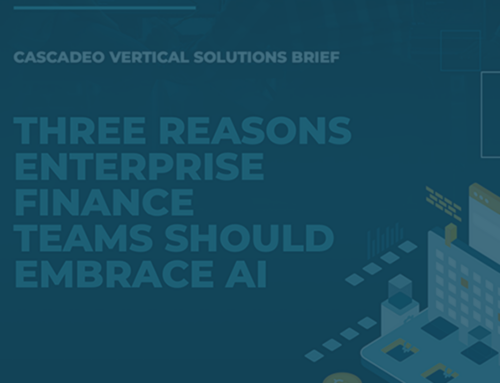
The complicated question of regulatory compliance in the cloud has a simple answer: knowledge. As with every other transformative aspect of cloud migration, keeping your business inside the regulatory lines will require learning and adjustment.
Compliance in the Cloud Doesn’t Have to be Complicated
 Regulatory compliance is serious business—perhaps your most serious business. But unless you’re a compliance expert, the string of acronyms that represents the various regulations that may or may not apply to your data can read like the alphabet of an unknown language. In fact, compliance can be so opaque that more than a third of businesses outsource its management. It’s no surprise that concerns about regulatory compliance are one of the biggest barriers to cloud adoption. When a single mistake can cost enormous sums of money and result in significant penalties, as well as reputational damage, it only makes sense to avoid unnecessary risk.
Regulatory compliance is serious business—perhaps your most serious business. But unless you’re a compliance expert, the string of acronyms that represents the various regulations that may or may not apply to your data can read like the alphabet of an unknown language. In fact, compliance can be so opaque that more than a third of businesses outsource its management. It’s no surprise that concerns about regulatory compliance are one of the biggest barriers to cloud adoption. When a single mistake can cost enormous sums of money and result in significant penalties, as well as reputational damage, it only makes sense to avoid unnecessary risk.
In particular, heavily regulated industries like finance, healthcare, life sciences, and education have to step carefully into the cloud, as well as any firm that conducts international business that triggers consumer data regulations such as GDPR in the European Union and PIPL in China, which are more restrictive than those at play in the United States. The global opportunities for data usage and expanding markets offered by the cloud come packaged with obligations to navigate requirements that may be unfamiliar and a bit scary.
But compliance fears don’t have to constitute a barrier to cloud adoption. Thousands of businesses that have already migrated to the cloud operate in full regulatory compliance across all industries and sectors. Compliance is, of course, very closely tied to security, so building familiarity with approaches to public cloud security is a good start in understanding the demands of regulatory compliance in the cloud.
Intimidating as it may seem, compliance is just as manageable in the cloud as anywhere else. In fact, some aspects of compliance are made easier by cloud providers’ shared responsibility models, which govern security and compliance policies in the cloud, designating which aspects of both are taken on by cloud vendors and which by customers. While there is variation in the details of AWS, Azure, and GCP shared responsibility models, all three designate that the cloud vendor is responsible for security of the cloud infrastructure itself; with legacy on-prem servers, that aspect must be managed by your operations team. AWS, Azure, and GCP also all provide publicly available compliance advice and certification information.
The challenge, then, comes from the side of the shared responsibility agreement for which the customer is accountable: your build in the cloud. When you pursue an effective migration, rather than a costly lift-and-shift, the way you gather, store, and use data will inevitably change. A cloud built to solve your business problems and accomplish your business goals is a cloud built to leverage data and amplify its power, but it’s also a cloud built with compliance in mind. AWS, Azure, and GCP, in addition to information about their own compliance certifications, include compliance considerations in their architecture frameworks; each also offers a review tool or training process for periodic architecture reviews to assure that your system aligns to best architecture practices, including those governing regulatory compliance.
Partnering with a managed services provider can lighten the compliance load. Some MSPs offer CaaS (compliance as a service) add-ons to their standard contracts; others provide compliance services and quarterly reviews as part of their regular managed services programs. Many MSPs carry compliance certifications within given industries, establishing their expertise in those fields’ regulatory requirements. A partner with experience in your industry should have demonstrated capabilities addressing regulatory compliance concerns, and you should always ask prospective MSPs about their compliance expertise.
In the end, the complicated question of regulatory compliance in the cloud has a simple answer: knowledge. As with every other transformative aspect of cloud migration, keeping your business inside the regulatory lines will require learning and adjustment. It will also enable you to safely and responsibly make more sophisticated use of more data than ever before, enhancing your customer experience, operational resiliency, and business agility for a stable, growth-oriented future.




